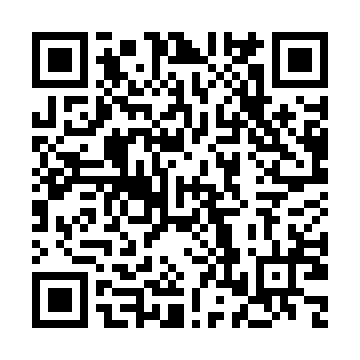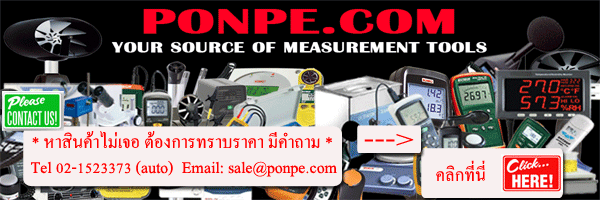Your shopping cart is empty!
Sound Level Meters
Sound Level Meters
What is a Sound Level Alert?
The Extech Sound Level Alert displays sound level readings on an extra large LCD ideal for viewing from a distance. Sound level is displayed in db (decibels) and also represented by bright, color-coded status LEDs. The user can program a sound level limit that when exceeded will change the LEDs from green to fl ashing red and display an ‘OVER’ message.
How are Sound Level Alerts used?
The Sound Level Alert can be placed in auditoriums, hospital wards, class rooms, and other school areas. When the noise level reaches a predetermined alarm level, the alert LEDs will warn the occupants. The relay output permits the user to connect an external audio or visual device for more dramatic, customized alerts.
What is a Sound Level Datalogger?
The HD600 Datalogging Sound Level meter measures, displays, and stores sound level measurement data. Up to 20,000 readings can be stored in the meter, each with the date and time stamp. Readings can be recalled on the meter’s display or they can by downloaded to a PC. Included software permits the user to view, graph, print, and export data to a spreadsheet.
How are Sound Level Dataloggers used?
Since a Sound Level Datalogger can automatically store readings at a user-programmable sample rate, they are the ideal tool for taking readings ‘unattended’ for long periods of time. After readings are stored they can be transferred to a PC to be viewed, graphed, printed, or exported to a spreadsheet for further analysis. This capability can be applied to many applications such as airport noise analysis, construction zone monitoring, traffi c intersections, concert venues, environmental impact studies, and many others.

What is ‘A’ and ‘C’ Frequency Weighting?
Frequency “weighting” selections allow the user to choose how the meter will treat sound measurements over the meter’s specifi ed frequency range. In ‘A’ weighting mode, the meter gives more “weight” to certain frequencies. In other words, sound levels at certain frequencies will be boosted or cut (to match how the human ear responds to sound). “A” weighting
is useful for OSHA compliance testing. The “C” weighting selection provides a more “fl at” response, meaning that all frequencies are treated basically the same (no boosting or cutting of sound level). “C” weighting is suitable for machine analysis and diagnostics.
What is the signifi cance of FAST / SLOW Response Time?
Response Time selections refer to how fast or slow the meter will respond to sound. Most meters have a slow and a fast selection. “Slow” response is most often used for hearing conservation/OSHA programs and is an “averaging” of sound level over time. “Fast” response is most commonly used for product noise reduction efforts and can detect quick noise bursts
(For example: fireworks).





